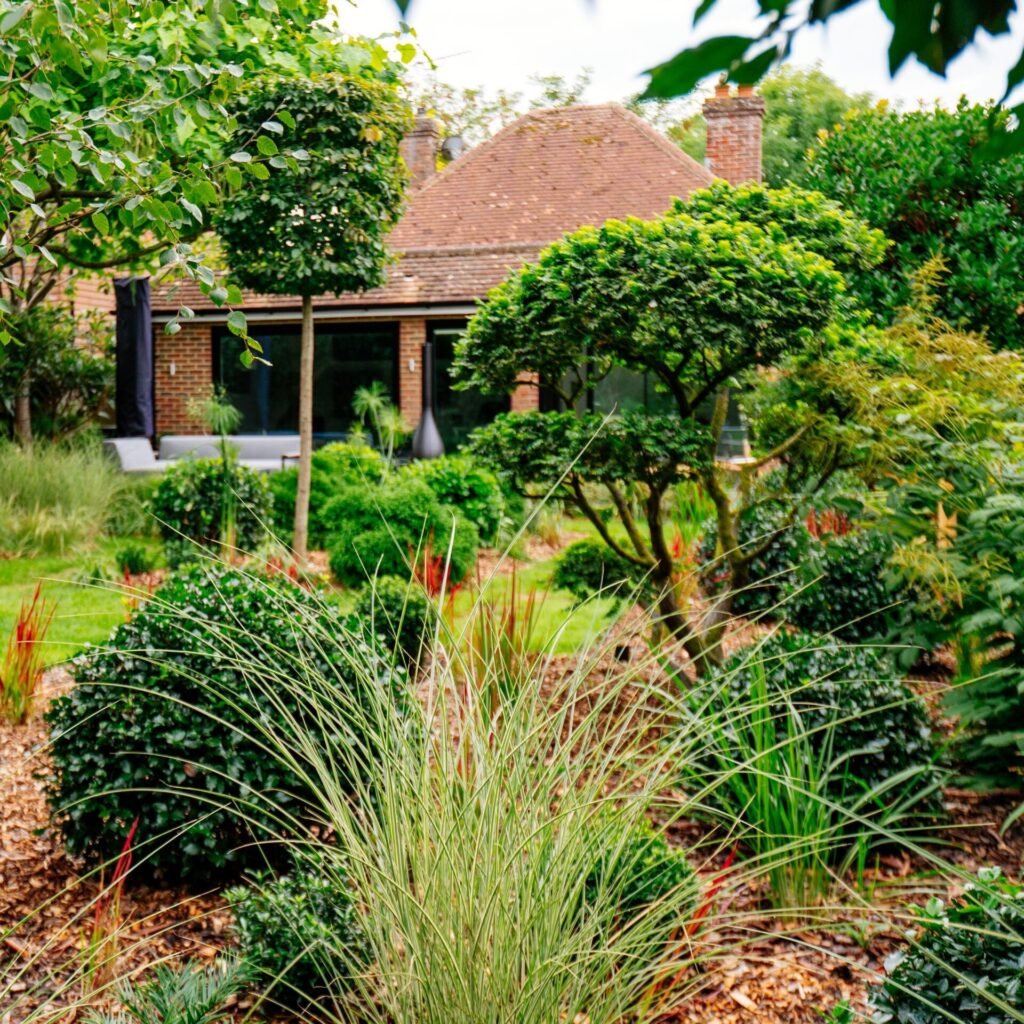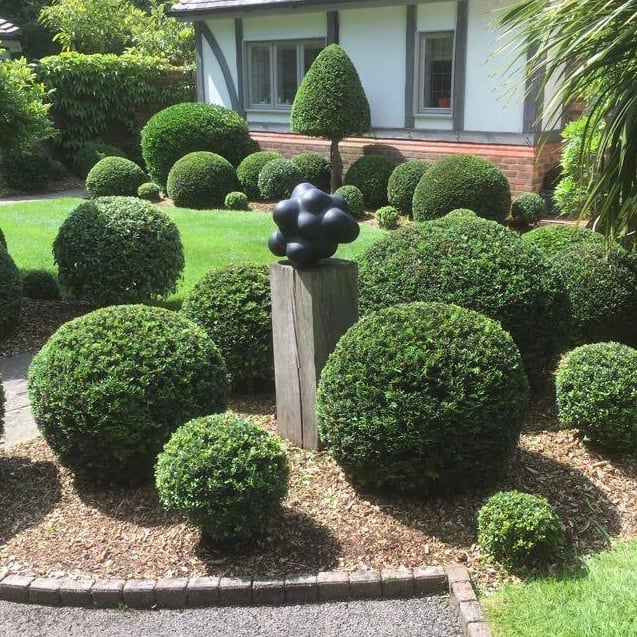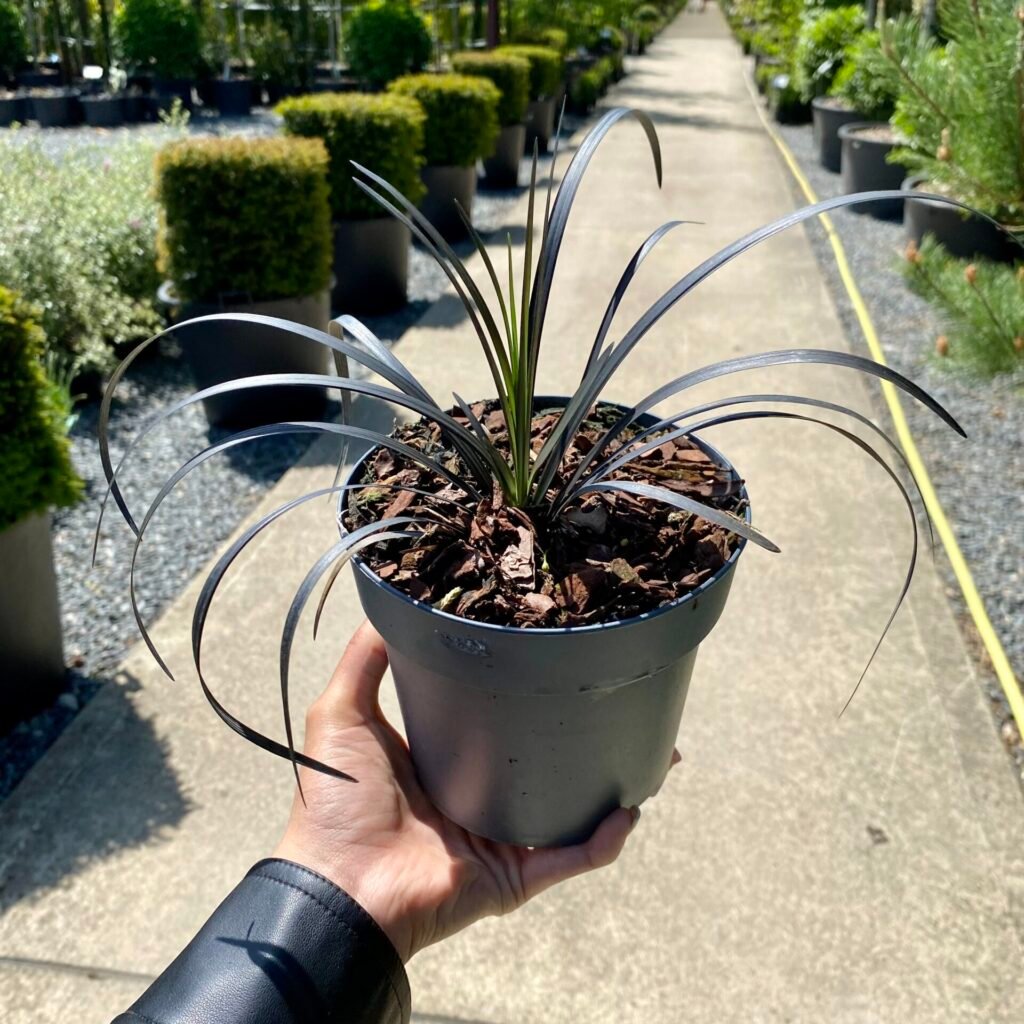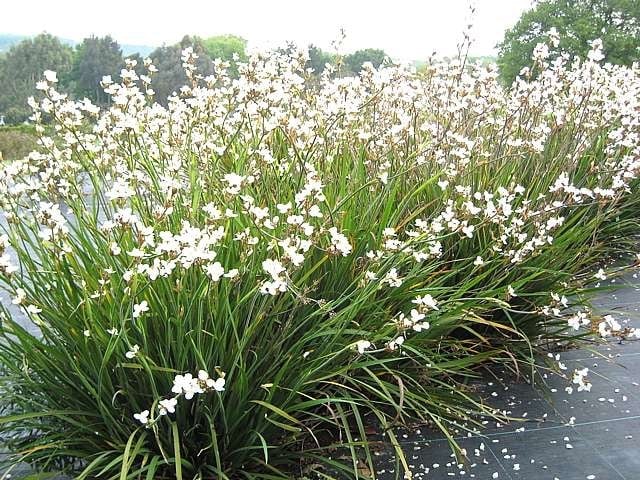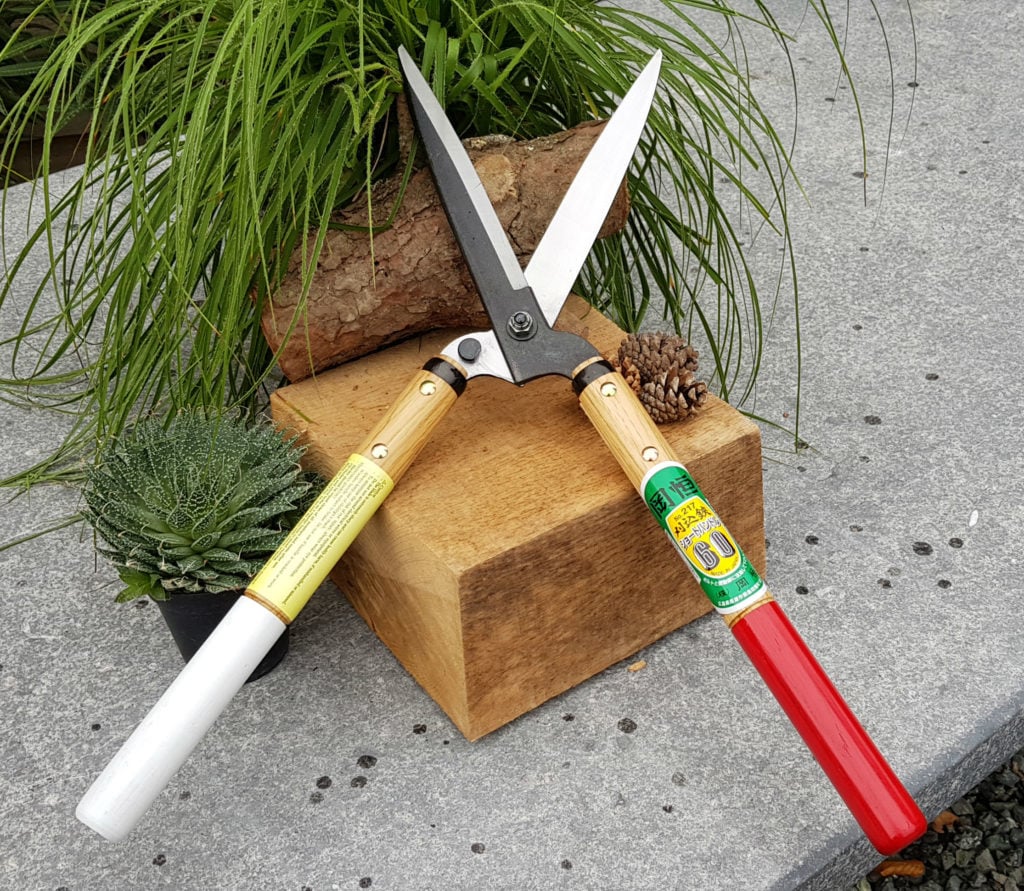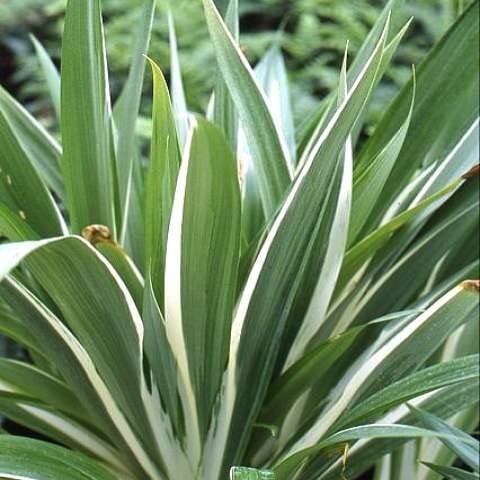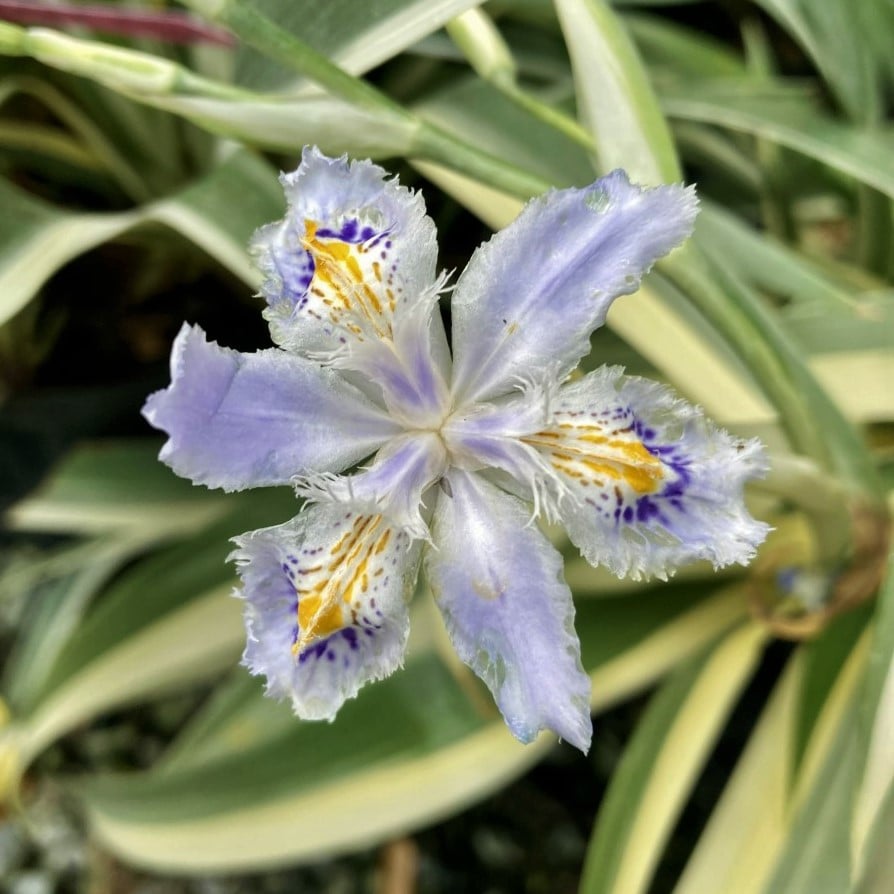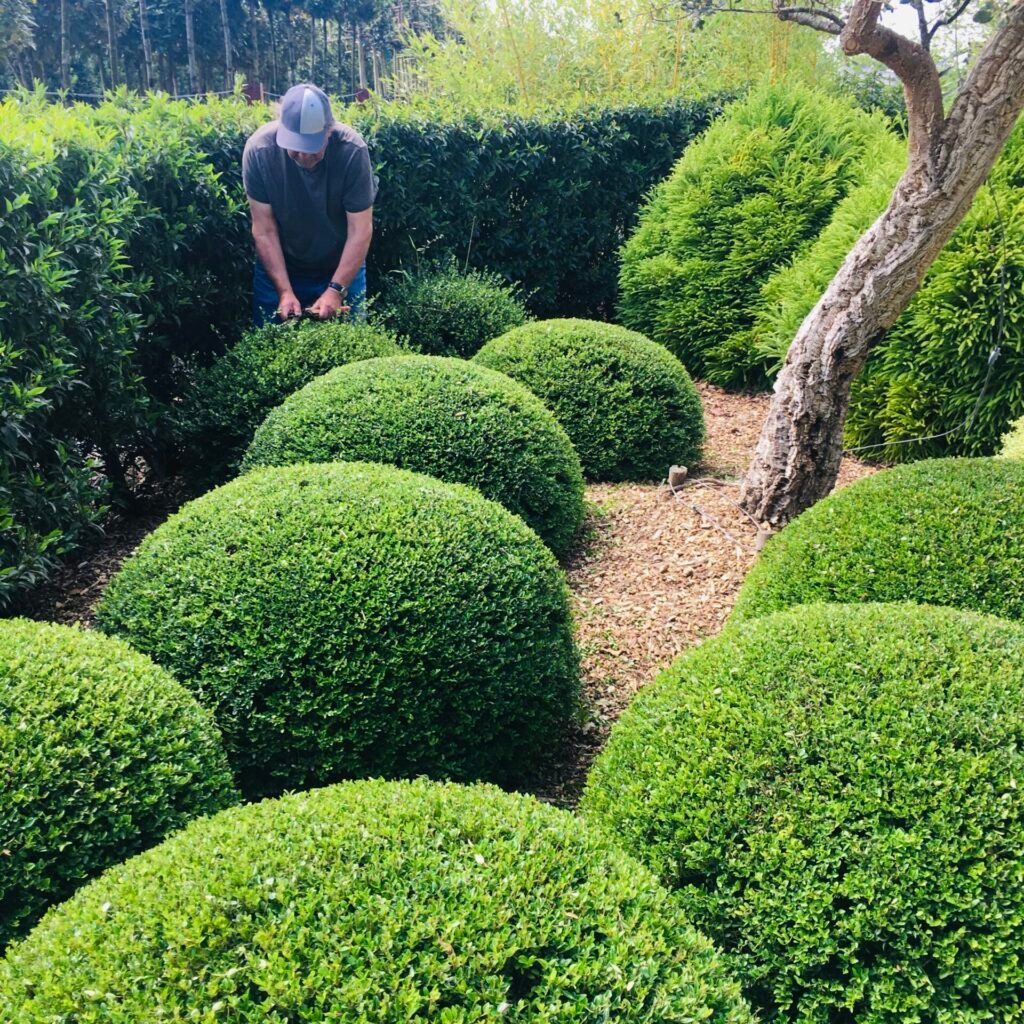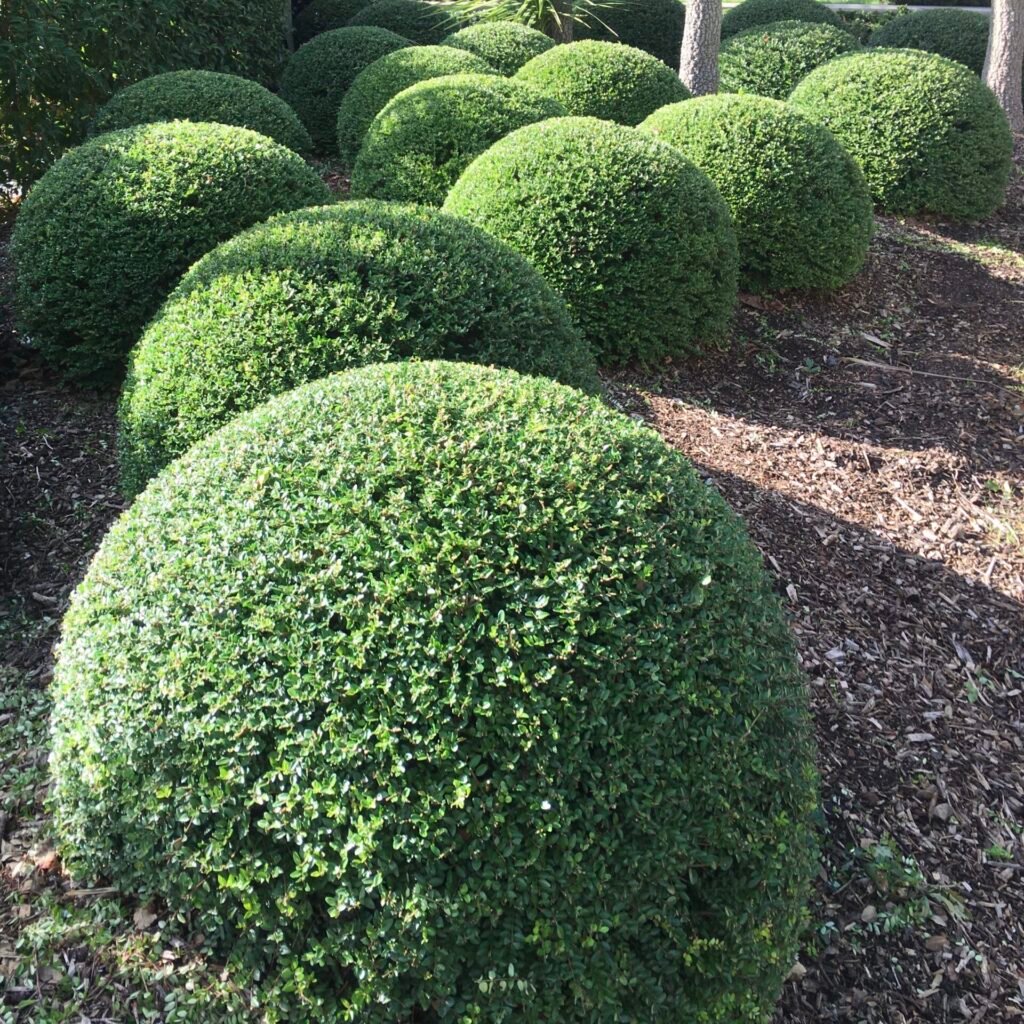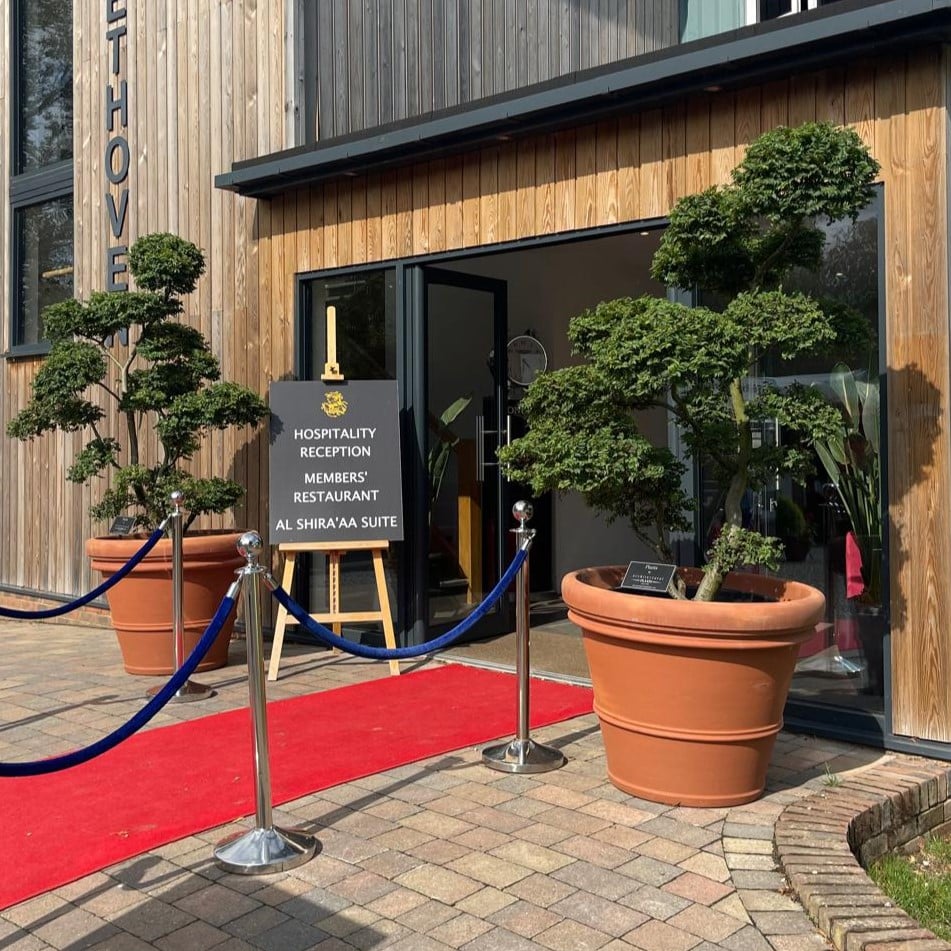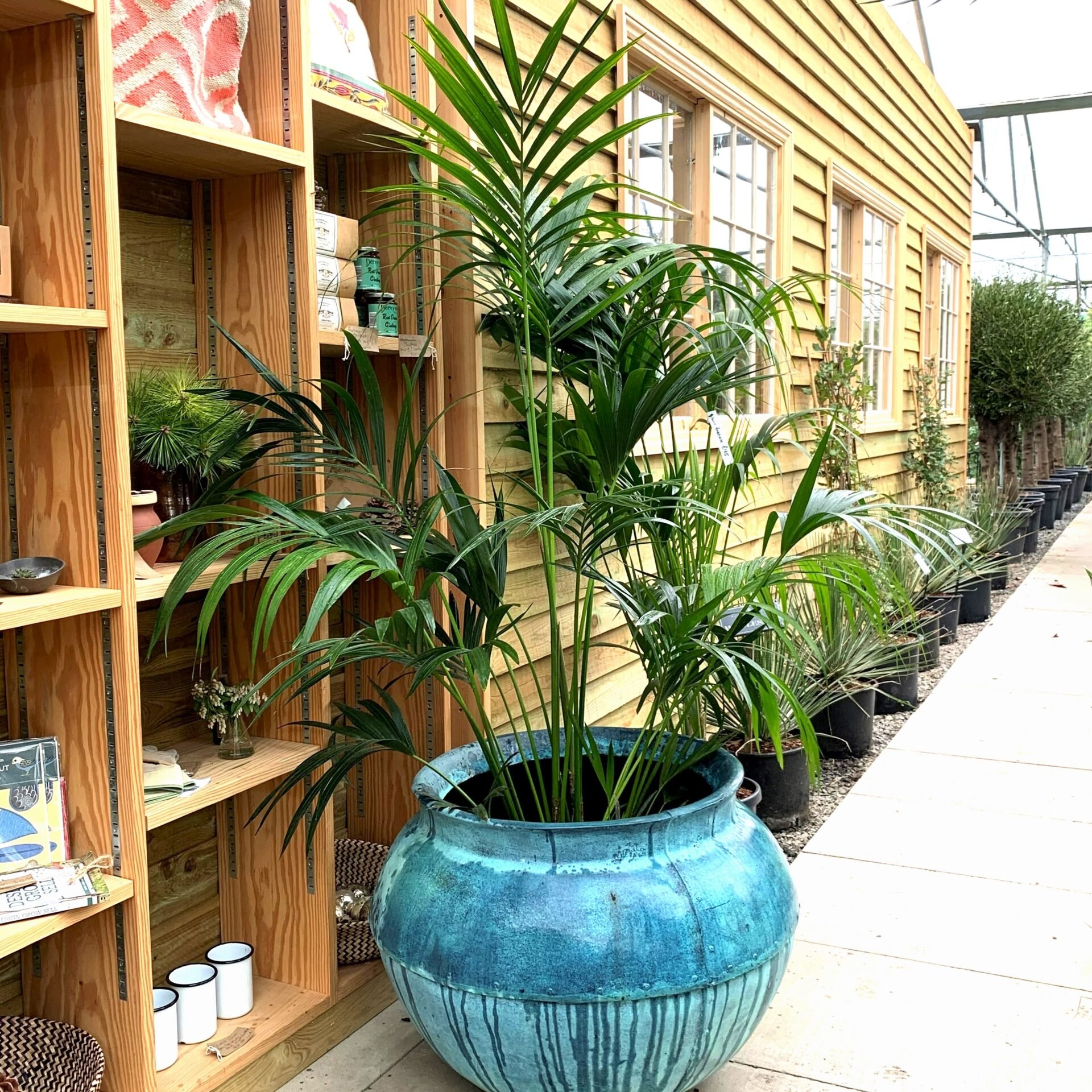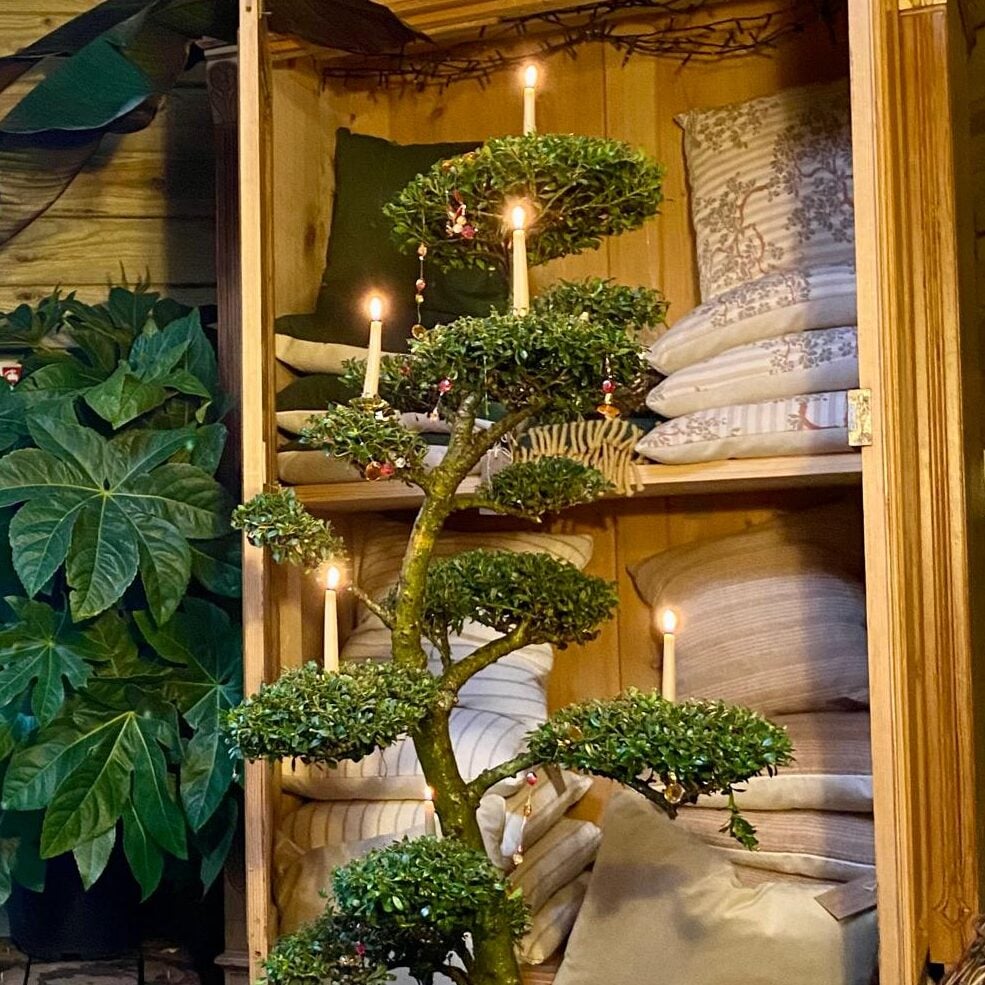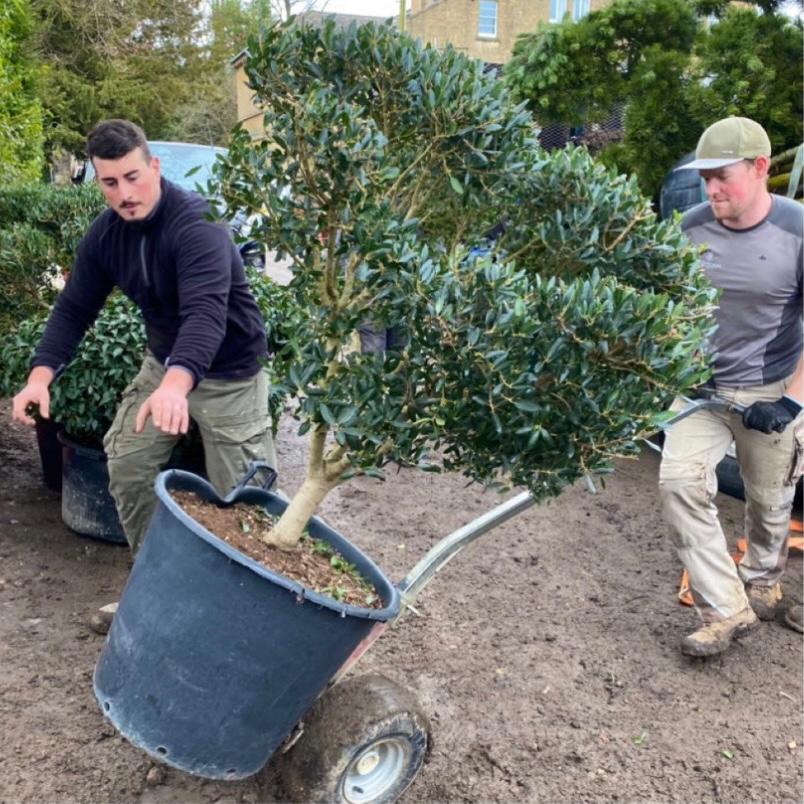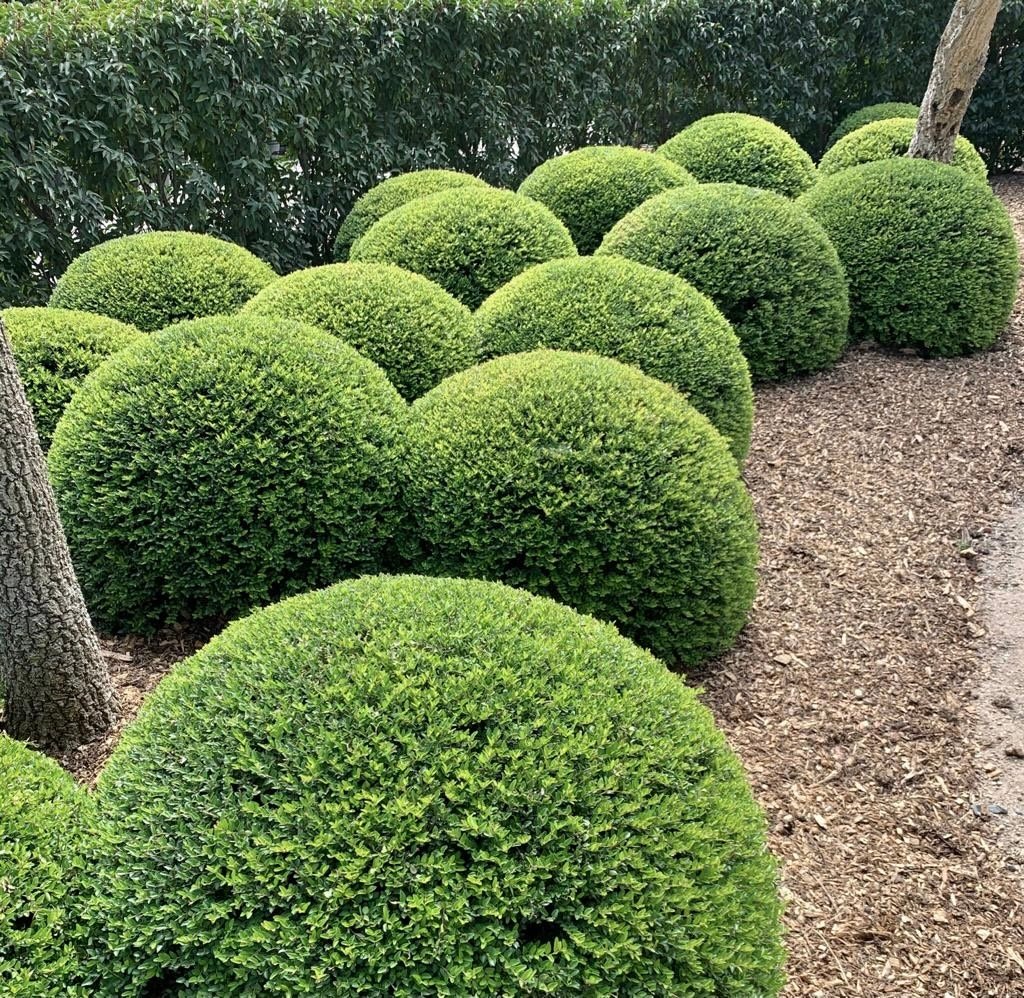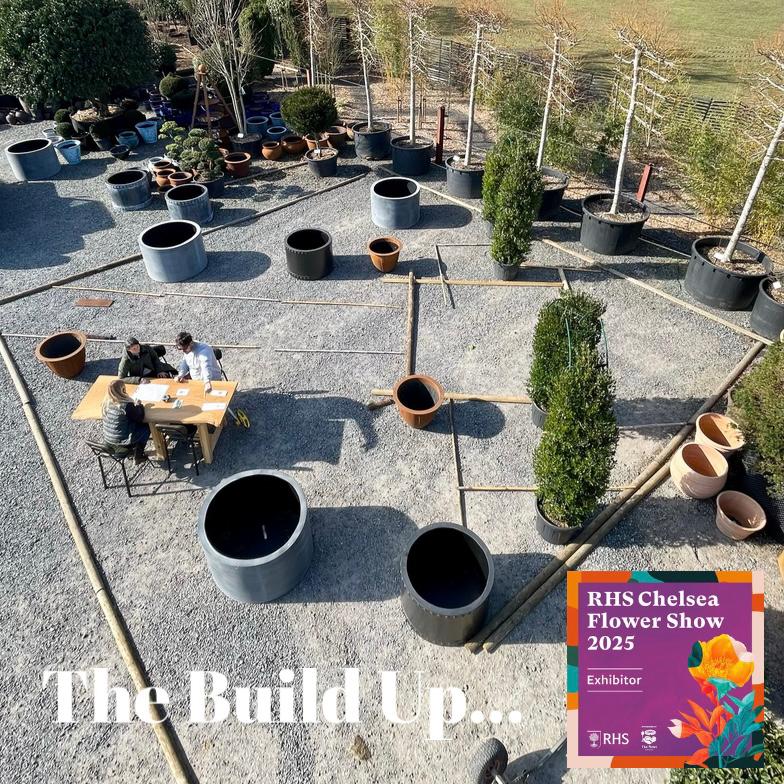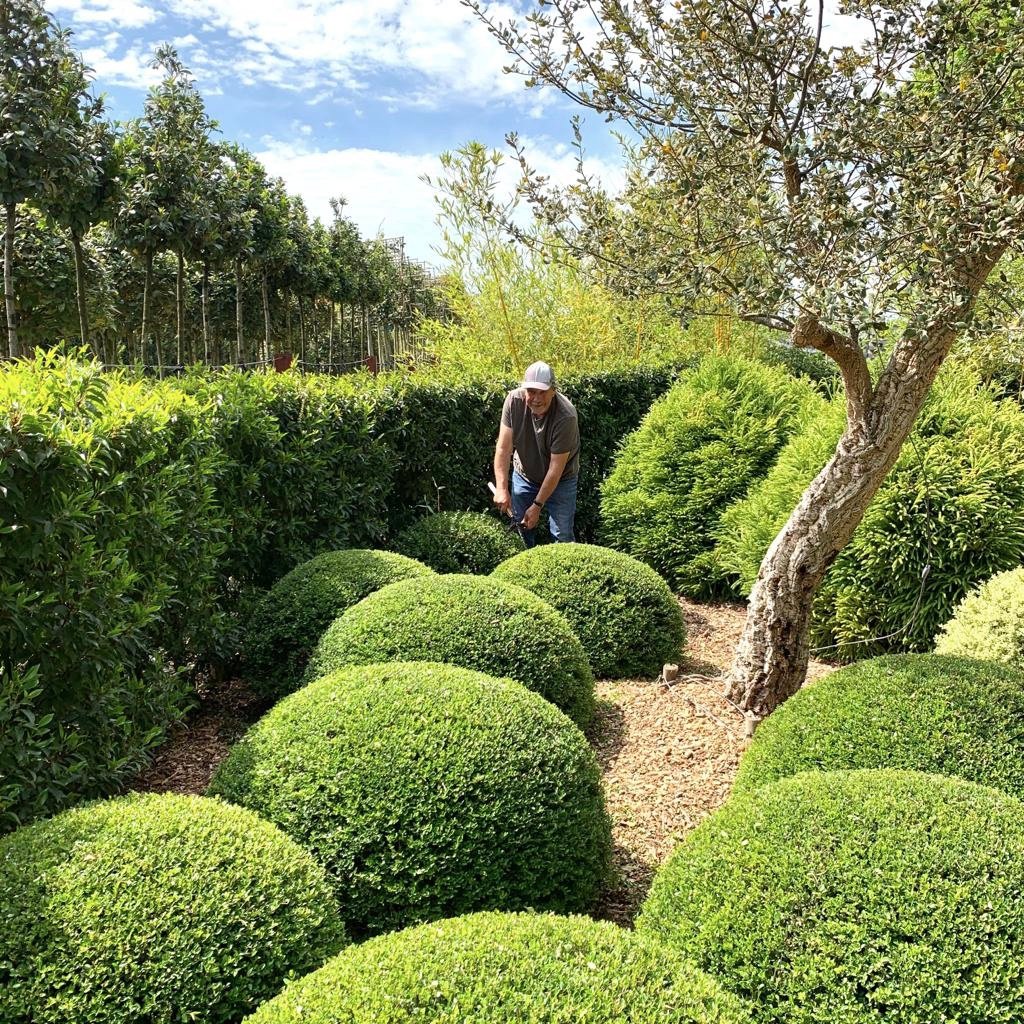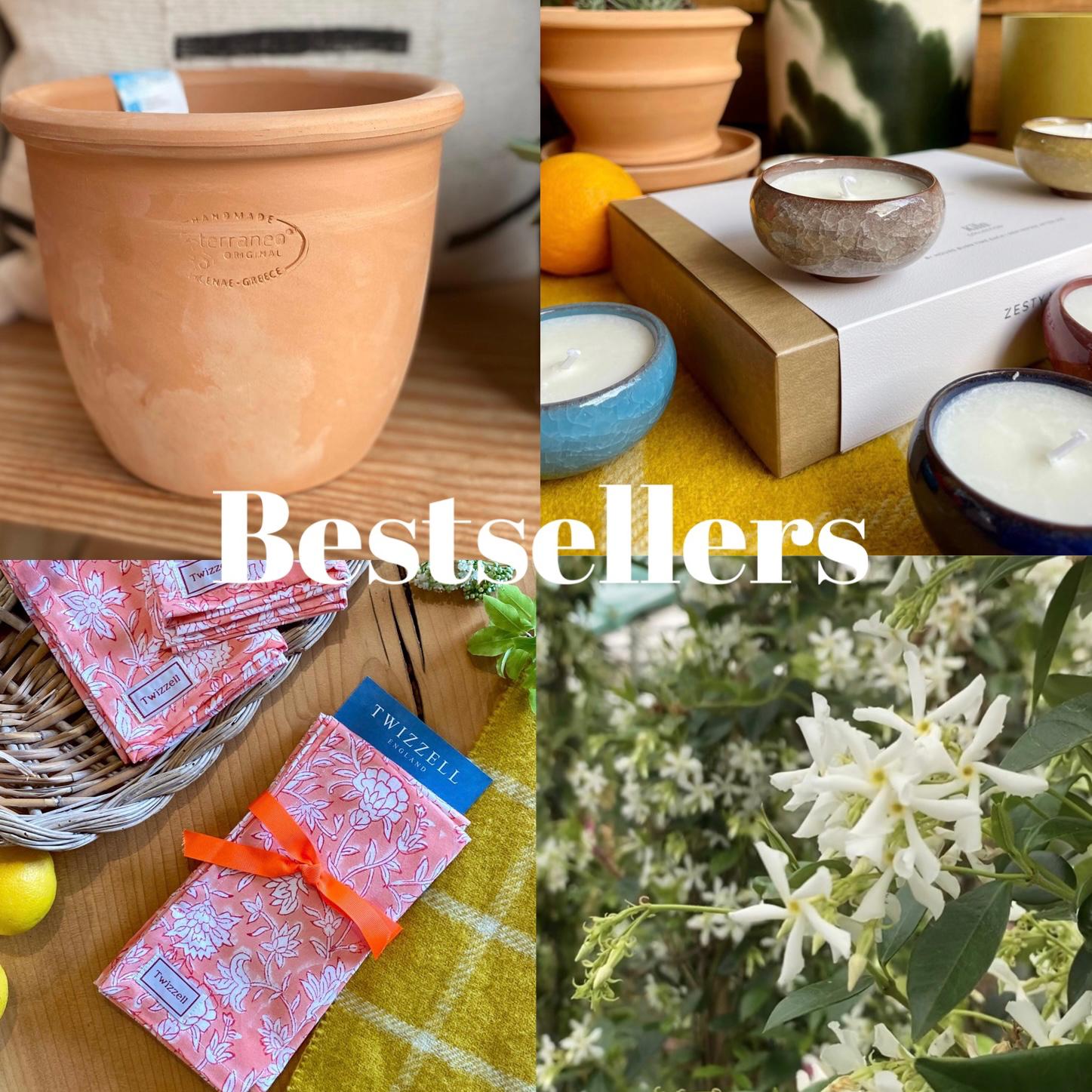Plants For New Homes: Part 3
Filling in the gaps: blobs, pillows and puffs.
In part 1 we discussed some of the easy to care for plants that will bring instant high visual impact into your new garden. We’ve covered several trees and plants and shrubs that develop strong character and unique forms as they grow. We went all glossy exotica with Fatsias, softly-frothy with Mahonias and prehistorically spiky with Palms and Yuccas. These plants deliver an ‘instant result’, having an immediate transformative impact on your new blank canvas. In part 2 we introduced some must-have architectural trees: those with striking natural contours or those clipped into playful standards and pleasing shapes. So now, to draw you new garden together it’s time to fill in the gaps with some more contrasting shapes. These can be soft and movement-filled using grasses like Stipa, or they can be more solidly defined forms like Lonicera.
We have selected the following hardy plants to fill in and plant around the mid to lower areas of your new garden composition. They have been chosen to be interesting to look at and contrasting in colour and texture, as well as being either playful in shape or having some movement or softness to them. They come in 2 broad forms: 1. Pillowy blobs – clipped, rounded and solidly shaped (we talk more on ‘blobberies’ here.) 2. Softer puffs or plumes – plants with structure that nonetheless still wave and flutter with the breeze. Many will carpet and cluster and are great for underplanting around the base of your specimen plants.
Soft plumes and pillowy blobs
In all cases their shapes are dense and their topography undulating: plant these en masse for instant visual oomph or thread them through your design to weave a visual path through your new garden. Treated this way they are invaluable for pulling together a design making it a cohesive whole. Our first few species are grasses or grass-like, and these are the plants which you want to reach out and brush your hands through as you wander past. After these we’ll look at some of the blobs we mentioned, those shapes which are a Far-Eastern take on topiary. These resist the traditional European symmetries and geometries and instead lean into flatter, softer and less regular shapes. Think of lovely proved rounds of rising dough.
1. OPHIOPOGON PLANISCAPUS ‘NIGRESCENS’ (Snake’s Beard)
Don’t ask us about the origins of the name ‘Snake’s beard’ because we’ve no idea. But it’s a great one for hardy ground cover with a unique colour. Ophiopogon has a stiffish, grassy texture and clump-forming habit which makes it superb for underplanting taller shrubs and trees. It’s not really a grass (it’s a member of the lily family, actually) but does the same job. A generous swathe of this slow-growing East-Asian plant will make an impactful display at the front of a new border and its deeply dark, so-purple-it’s-black foliage contrasts beautifully with the more typical leafy greens that will be filling your new garden around and above it.
Hardy groundcover with a unique colour
A patch of glistening Ophiopogon after rain is a really beautiful sight and despite its low stature this plant will shine anywhere, really. It will steadily fill out and meander into gaps and between other plants to colonise any bare patches, even under deep shade, so it’s an ideal ground cover choice for trickier spots. It looks handsome in a large, broad pot too, especially a terracotta one which its foliage will look particularly striking against. It has too stately a pace to ever become invasive, so is a very low maintenance plant, and for an added bonus there will be dainty little white flowers in summer.
2. LIBERTIA FORMOSA
Like a miniature Phormium (which we have lots of…here’s a nice one) but growing to around two feet high, Libertia formosa is a great grassy form for mid-ground planting. This plant has a lovely shape: it arches up and out into an inverted cone or shuttlecock with a rounded top, spikier and a bit stiffer than a grass but still elegant with slender stems in bright green. White orchid-like flowers, small and delicate, are borne on three-foot spikes all through spring and summer and there will be a lot of them.
Plant these in drifts to wander through your new garden: they are fantastic as an impactful gap filler and its grassy mid-level form contrasts very nicely with the more disciplined shapes of neighbouring shrubs which have been clipped into rounded pillows and dense blobs. They like to be in full sun and are ideal for windy sites, so if your new garden is on the coast then Libertia is a great option. It does have an ‘amber’ hardiness rating so won’t enjoy long exposure to wet freezing cold: a city garden or a sheltered location is preferred. Great winter texture from tawny spent leaves and flowerheads are lovely, but though it’s an evergreen we treat it like most herbaceous things and cut the whole plant down to ground-level in early March. That way there isn’t any old dead stuff spoiling the fresh new growth when it comes in.
A swift swipe with a sharp pair of Niwaki Okatsune Shears is all the maintenance Libertias need they’re also the tool for keeping your blobs tidy.
3. IRIS JAPONICA VARIEGATA
A pretty Iris with spiky tufts of broad variegated foliage that is a splendid choice for a new garden. When established this plant is extremely drought tolerant and it will handle most soils but it does like things on the more acidic side.
Do find it a sunny patch. In fact, sunny dry patches can often be a niggle to fill if you want a low maintenance garden so this iris is definitely what you want and it will spread slowly and steadily via its chubby rhizomes, sending up handsomely striped leaves that will bring contrast into your garden.
The flowers are very nice, too. Lilac-white blooms will emerge in late spring along with a fresh flush of new leaves and it’s wise to prune down any of this old or tatty foliage before this occurs: you could do it at the same time as your Libertias.
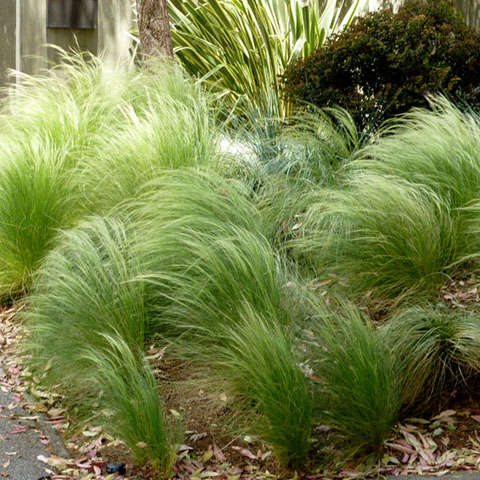
4. STIPA TENUISSIMA
A very fine-textured grass with the slenderest of slender stems. Wispy, if you like. This grass will create a plume of movement which all new gardens need: it will billow and wave in the merest of breezes and when planted among shrubs will contrast beautifully with their more dense forms and stiffer shapes. This play of contrasts is what makes a garden design really imaginative and appealing and no new garden is complete without ornamental grasses. Plant Stipa tenuissima abundantly in a well ventilated garden and give them space to wave. They demand a bright spot but in all other ways are well-suited to virtually any soil or location, from city courtyard to windswept coastal areas. Fantastic for prairie style planting if you want to lean toward the wild, and if planted in large groups (you must) then a spectacular display can be achieved very quickly. Their sandy, feathery stems look beautiful all through the winter, especially against evergreens, and a good hard chop-back in early spring will tidy them up with very little effort.
5. LONICERA NITIDA ‘ELEGANS’ (Box Honeysuckle)
Excellent for impatient new gardeners. And since you’ve a new garden to establish and fill, it’s the right plant for the right place. Lonicera will establish itself very quickly and can be planted in any soil in virtually any location, it’s really fast-growing and completely hardy, too. Tiny deep green leaves, thickly-packed all along dense and twining stems make this a brilliant shrub for shaping and creative maintenance. If you lop off too much with an over- enthusiastic flourish, or decide you don’t like that flat-top you thought was a good idea then it’s not an issue with something that grows this quickly.
Train them into doughnuts, fulsome boules, undulating blobs and pillows. They make superb hedges if planted in a row (obviously) and very characterful specimens under taller shrubs and trees. You could have a little herd of them gathered neatly around a rocketing plume of Cupressus for a formal Mediterranean touch, or plant a thick drift of it under trees as ground cover and get a bit experimental.
Since it grows anywhere really, and grows fast, we can’t recommend this shrub enough for your new garden.
6. PHILLYREA LATIFOLIA
Great for hardiness, versatility of form and tolerance to clipping. A lesser-known and infrequently grown relative of both Olives and Privet. We don’t understand why it isn’t more widely cultivated for it is an exceptional and stately plant with a considerable horticultural heritage. Hands-down one of the best plants for your new garden: in fact we have a long-established fondness for this plant, realising its potential decades ago and having grown it in all kinds of architectural forms and ‘Niwaki’ trees. The leaves are darkly glossy and evergreen, fine and deliciously sticky in early summer. However, it’s definitely somewhat undisciplined when left to its own devices and does need clipping and attention.
It responds to clipping and training with absolute obedience, developing a unique texture and density that makes it outstanding for topiary. Rounded clouds and pillows of Phillyrea latifolia will bring great character into your new garden and their applications are vast, from informal curves that roll among a mixed shrubbery to ever-so strict and handsome geometries like orbs and pyramids (if that’s your thing). Tough and hardy and wholly unfussy about soil types or exposure. It does demand good light though: it is a member of the olive family, after all..
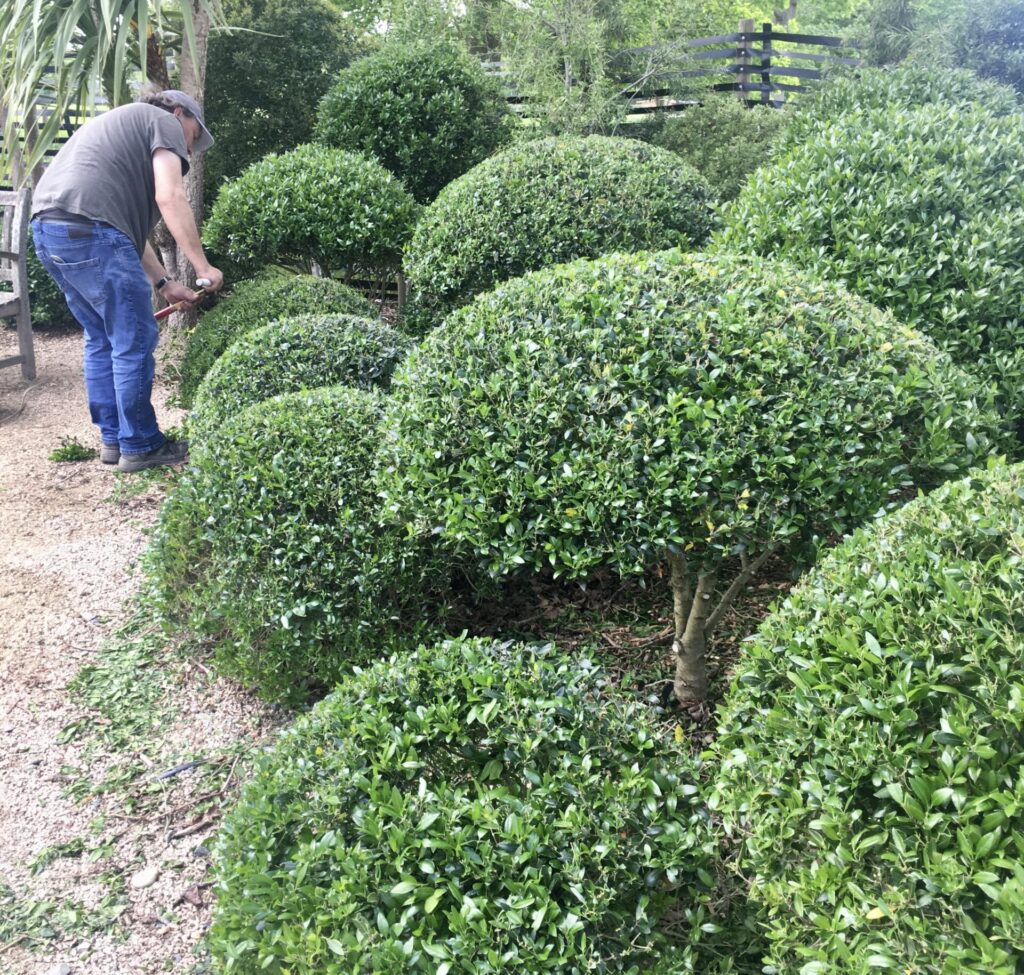
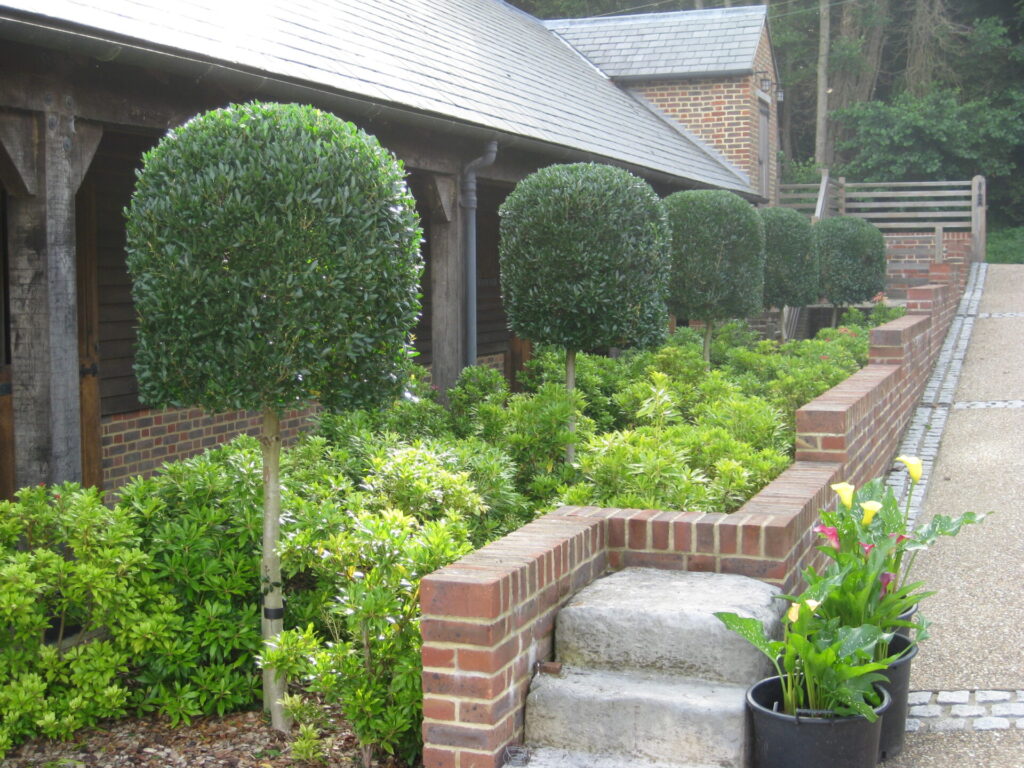
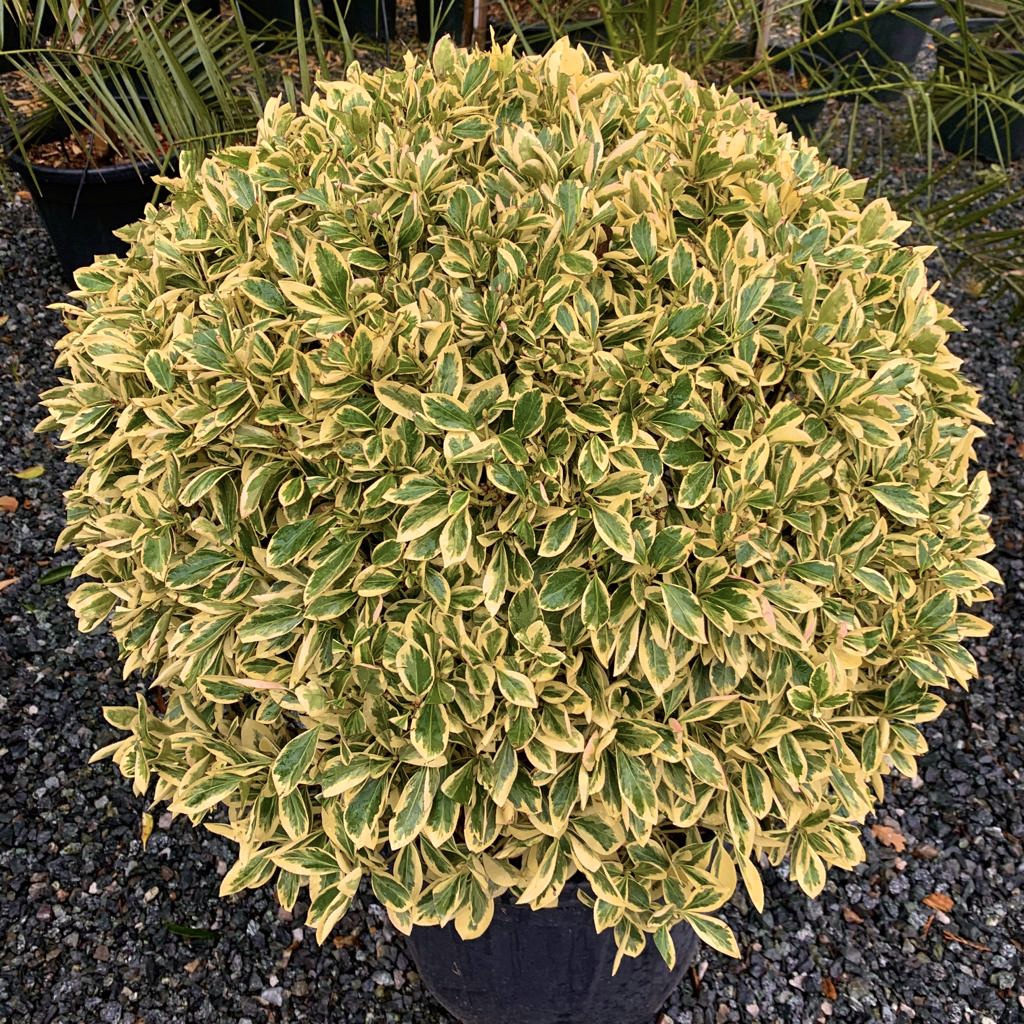
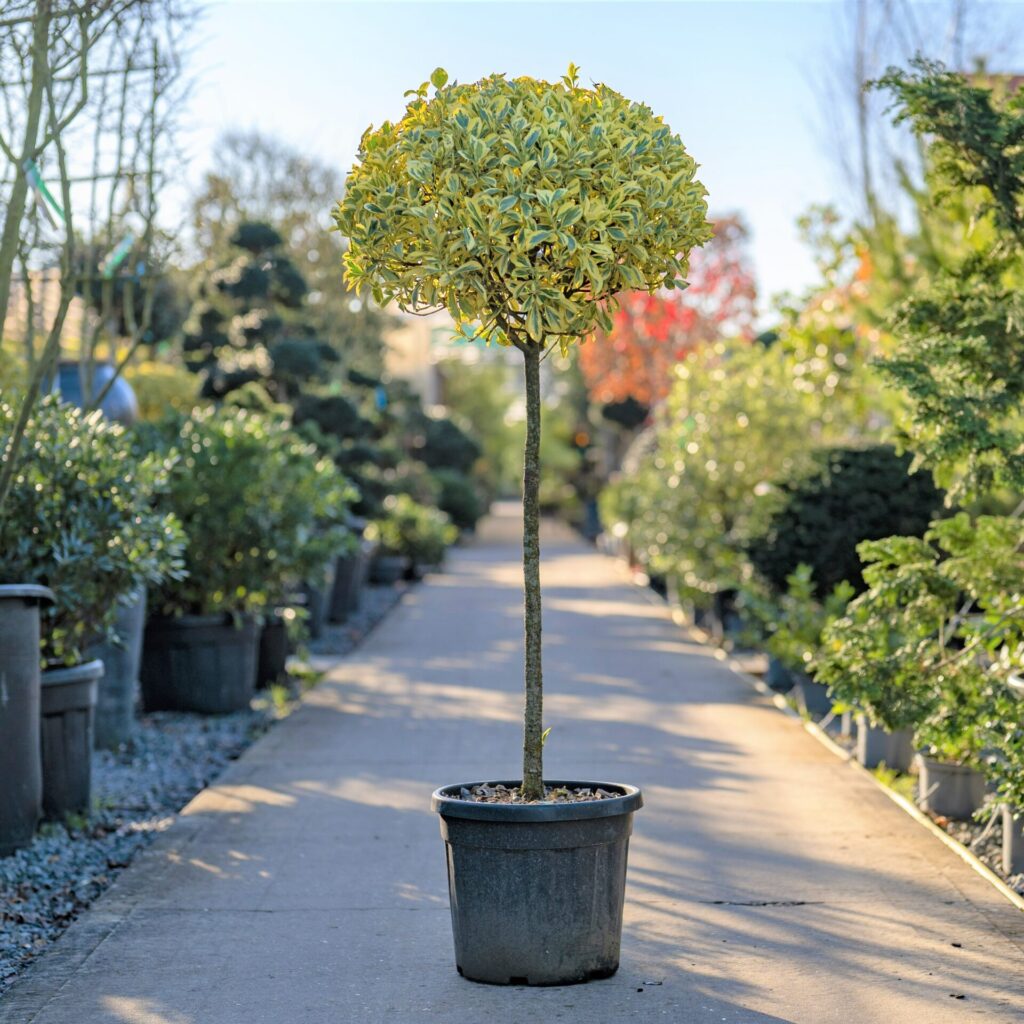
7. EUONYMUS JAPONICUS ‘BRAVO’
One of the best for contrast and texture, interest and coastal gardens. Evergreen ( or perhaps – evergold) and often seen in seaside gardens, this will tell you a bit about how wind (and salt) tolerant Euonymus japonicus ‘Bravo’ is. However it doesn’t need to have salt thrown at it and it definitely does not need to be a hedge. Some folk are a bit sniffy about Euonymus and that’s a shame. We’ve selected this as the final choice for a characterful low to mid-level plant for your new garden because of its glorious yellow-gold variegation and all-round hardiness. Variegation can divide opinion but green and gold could not be a happier combination in the garden, and the glossiness of ‘Bravo’s leaves will reflect even the merest deep-winter light and make it shine as if gilded.
The hardiness of this plant extends to its attitude about being chopped, too. Clip it into any shape that you like: blobs, topiary (as here, held aloft on a slender trunk) or elegantly-crowned little trees. Here’s a tip: by removing lower branches to reveal more trunk, a ‘crown-raised’ shape is achieved and can make the shrub look far more mature than it is. You could of course just leave it be and enjoy a very beautiful plant left alone to do its thing. And it’ll do that thing whatever the weather, in whatever soil you’ve got, all year-round. Gold star.
Next time…your new garden is taking shape and your beds and borders are filling up. Join us over in Part 4 to take a look at some must-have plants that will clothe walls and carpet the ground.

